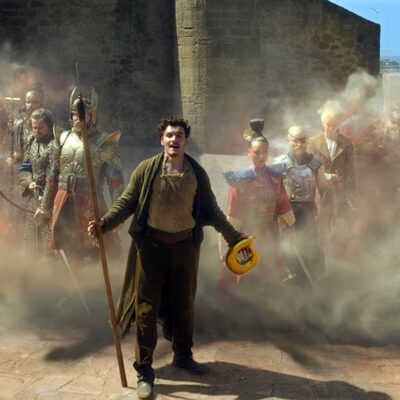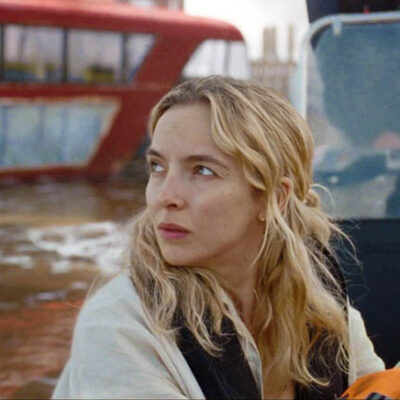By KEVIN H. MARTIN
The Battle of Midway is regarded by historians as the turning point for the War in the Pacific. An against-the-odds Naval victory for the United States against the Japanese, the incident had previously been dramatized in Universal’s Midway, released in 1976. That star-studded epic was enlivened through the use of the low-frequency sound process Sensurround, but it’s visual magic drew primarily on stock imagery, combining actual war footage with live-action and visual effects clips from earlier movies [including Thirty Seconds Over Tokyo, Away all Boats and Tora! Tora! Tora!]
Filmmaker Roland Emmerich had intended to tackle this subject matter a number of years back following his successes with Stargate and Independence Day, but studio intransigence delayed progress, allowing Michael Bay to steal WW II naval thunder with 2001’s Pearl Harbor. Being able to take full advantage of modern digital backlot innovations, Emmerich has now at last mounted his tribute to The Greatest Generation with a tale that spans the first several months of the war, beginning with the Day of Infamy, covering the Doolittle Raid on Tokyo [which served as the finale with Bay’s film] and climaxing with the titular engagement.




















